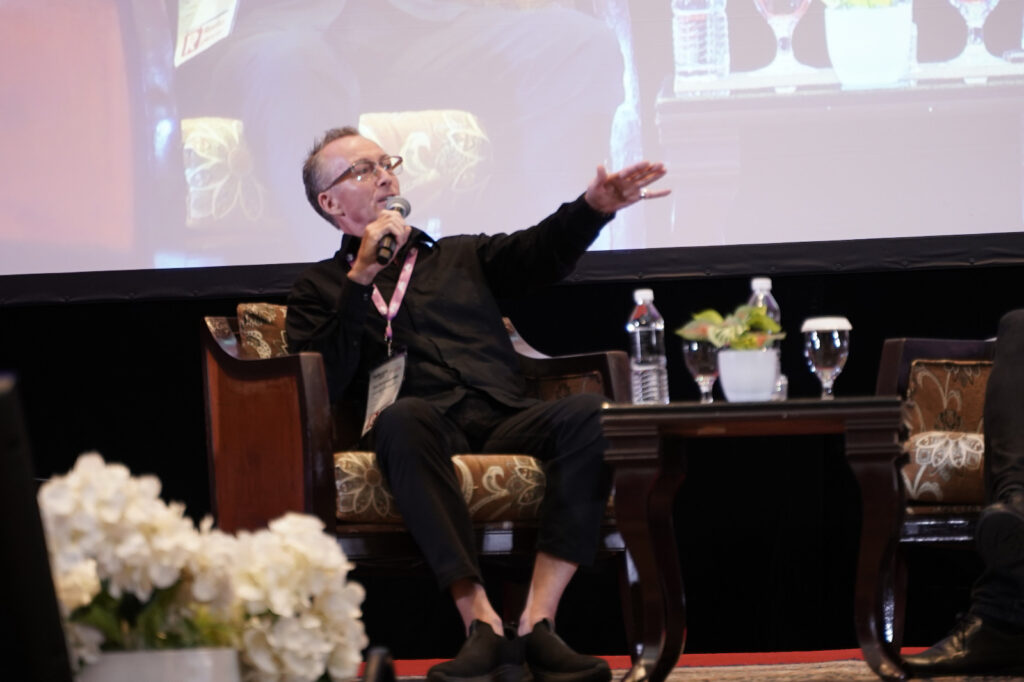Guy Perryman MBE from Inter FM said that around 35 million people live in Japan’s capital city, Tokyo, but this vibrant city has only 9 commercial radio stations. Why? In the 1960s, people had to pay to just listen to the radio. In 1968 when radio became free, TV took hold of the broadcasting industry and radio was easily overlooked. In most part of the world, radio gains the most listenership during drive hours. Due to Japan’s commuting culture, where most people commute instead of driving, radio hasn’t really integrated itself in Japanese culture.
Japanese radio programming is run by production and advertising agencies who buy blocks of time on radio. They might then create radio segments around their sponsors.
Japanese radio has always been talk driven or talk heavy, as most stations in japan are personality driven. Pop stars, writers, actors, idols and other personalities thrive compared to radio DJs. Only short choruses of songs are played as a break before they go back to talk.. Japanese music stations generally don’t have a music format, much like TV, the style of music played can change every hour of the day.
Inter FM, on the other hand, follows the international radio format where their station plays mostly music.
Back then, CD players had built-in radio players that phased out with TVs and PCs, leading to a generation not having radio equipment in their homes. Now, young people are discovering radio apps on their phones, leading to more people listening to radio.
Radiko, an on-demand radio streaming app in Japan, has become a large reason why Japan is taking up radio again. Perryman believes that 99% of the Japanese who listen to radio tune in on their phone apps while commuting or getting ready for work.
Social media and audio media go hand-in-hand in building relationships and connections between the stations and their audience. Stations get to communicate with their community and vice versa. X/Twitter and Instagram are the most prevalent social media sites in Japan, and stations are utilizing them to interact with their listeners.
Perryman believes that in radio, it is all about audio, and creating visual content is not a priority. While Japan, being a visual country, he hopes that radio has a future in Japan. There is always a need for media. Hence, when there is a need there is always hope.


